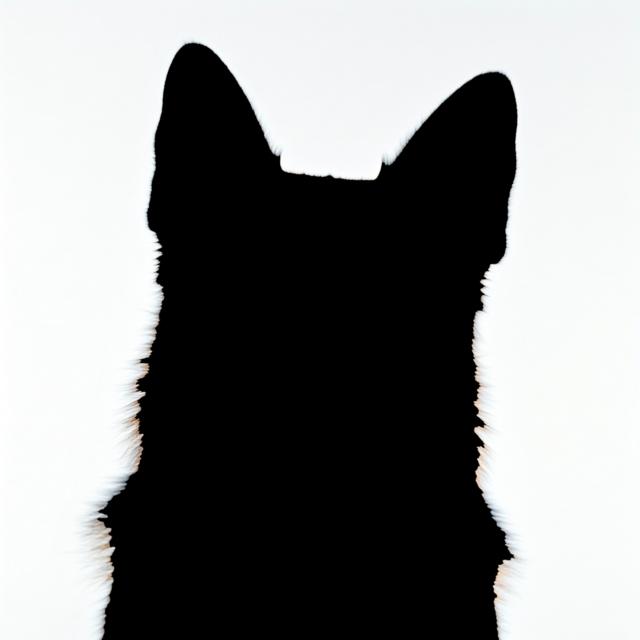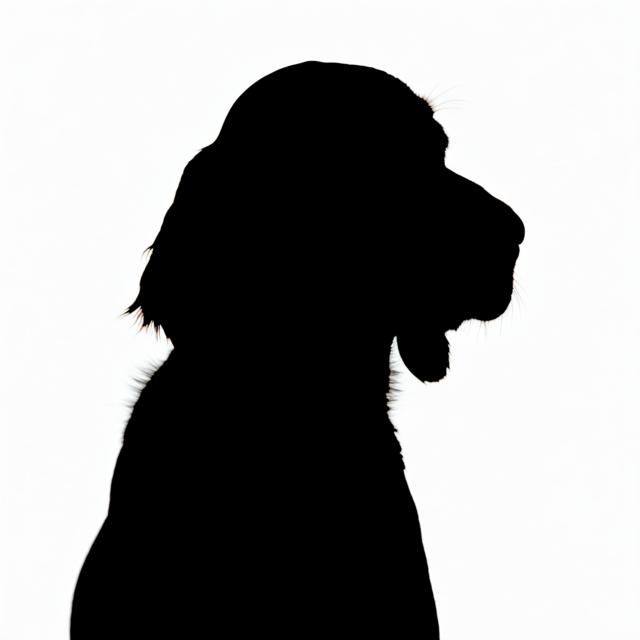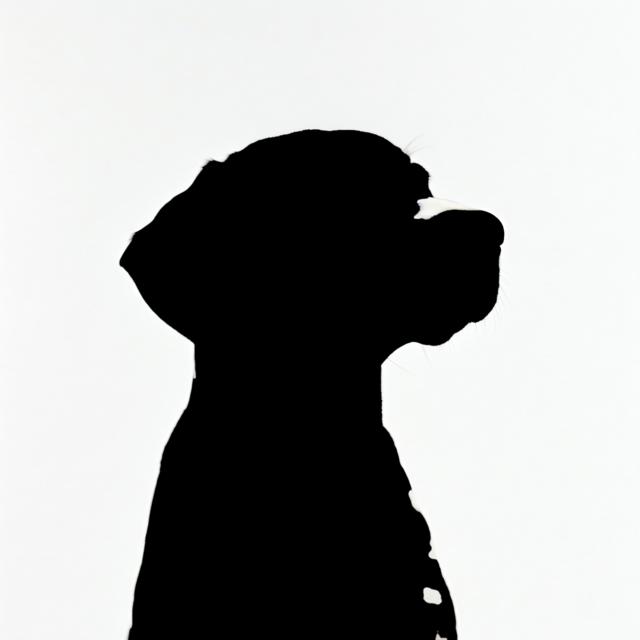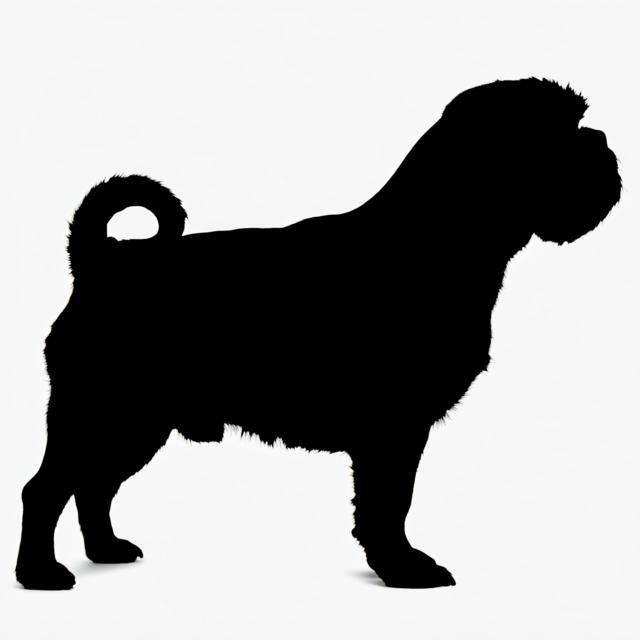Bedlington Terrier Rothbury Terrier, Rodbury Terrier
akc
ankc
ckc
fci
nzkc
rkc
ukc
Summary The Bedlington Terrier is a gentle and intelligent breed with a distinctive lamb-like appearance, known for its unique pear-shaped head and curved back, and is a good companion for families. Originating in England, this terrier was initially used for hunting vermin and has since become a popular show and companion dog. Origin and Purpose Developed in Bedlington, Northumberland, England. Initially used for hunting vermin. Also used in dog racing. Later became a show dog and companion dog. Appearance Dimensions Gender Height Weight Female 15.5-17.5 inches (39-44 cm) 17-23 pounds (7.7-10.4 kg) Male 15.5-17.5 inches (39-44 cm) 17-23 pounds (7.7-10.4 kg)
Coat Attribute Notes Color Blue Liver Sandy Often with tan markings Can have varying shades and mixtures of colors Type Thick and crisp Linty Does not have undercoat Length
Care Attribute Notes Shedding Grooming Regular professional grooming Brush weekly Drooling
Body Attribute Notes Head Pear or wedge-shaped Covered with a profuse topknot Skull Ears Triangular Rounded at the tips Low set, hanging close to the cheek Covered with short, fine hair Eyes Small Deep set Almond shaped Dark Hazel in liver dogs Light or amber in blue dogs Nose Large Well defined nostrils Color related to coat Black in blues and sandies, brown in livers Muzzle Teeth Neck Forequarters Muscular Moderate angulation Fore Legs Straight Longer than usual for a Terrier Sloping into feet Hindquarters Arched Muscular Moderate angulation Hind Legs Appearing longer than forelegs Hocks well let down Feet Hare-like Long Thick pads Well knuckled Tail Tapering Thick at the root Set low Carried curved and slightly upward Gait Light Springy Graceful Unique rocking motion Fast
Temperament Intelligent Gentle Good-natured Playful Affectionate Can be tenacious Can be willful Can be good watchdogs Social Attribute Notes Affectionate with Family Good with Children Generally good Can be sensitive Supervision recommended with younger children Good with Dogs Generally good Can be assertive if challenged Good with Cats Potentially good with early socialization Prey drive may need management Openness to Strangers Reserved May be initially wary Playfulness Level Protective Nature Adaptability Level Moderate Adapts well to family life
Working Roles Vermin hunter Dog racing Show dog Companion dog Exercise Needs Moderate Daily walks required Enjoys active play Health Copper toxicosis Progressive retinal atrophy Hypothyroidism Patellar luxation Renal disease Heart issues Additional Notes Prone to sunburn Not a fan of extreme temperatures Can be sensitive to medications References 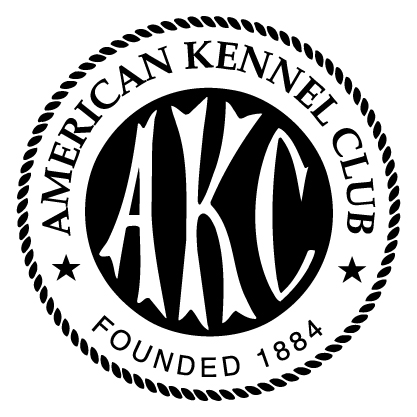 akc
akc ankc
ankc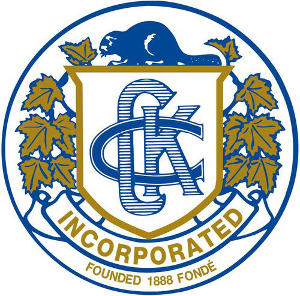 ckc
ckc fci
fci nzkc
nzkc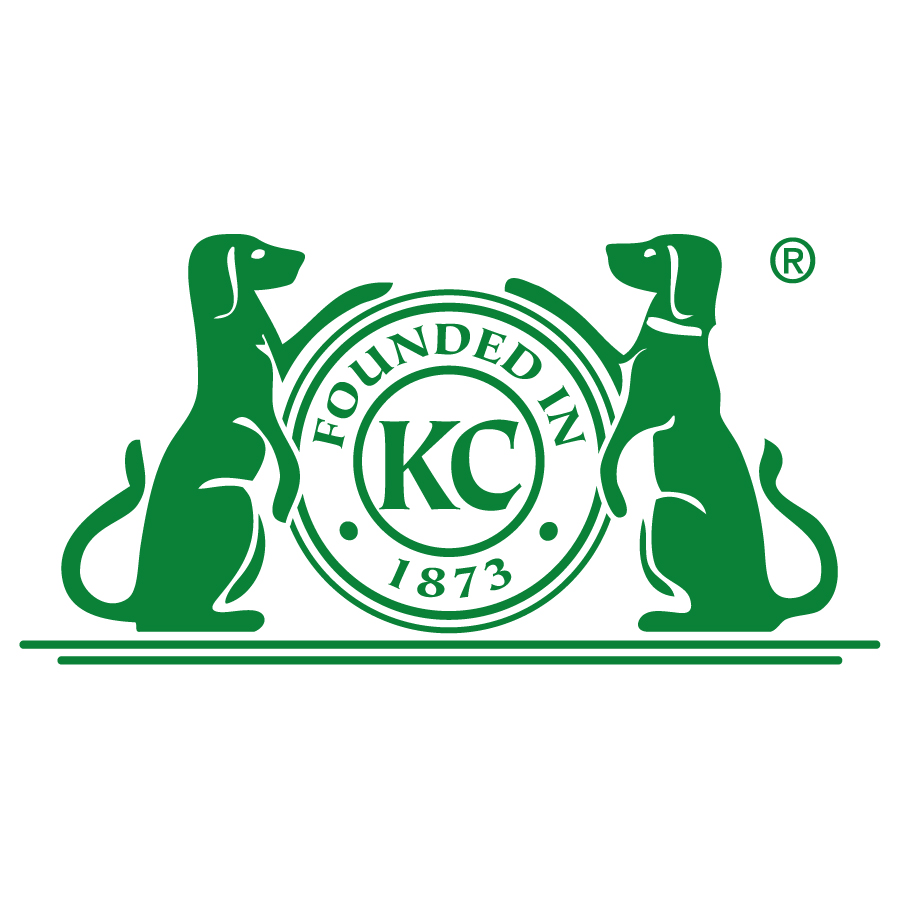 rkc
rkc ukc
ukc